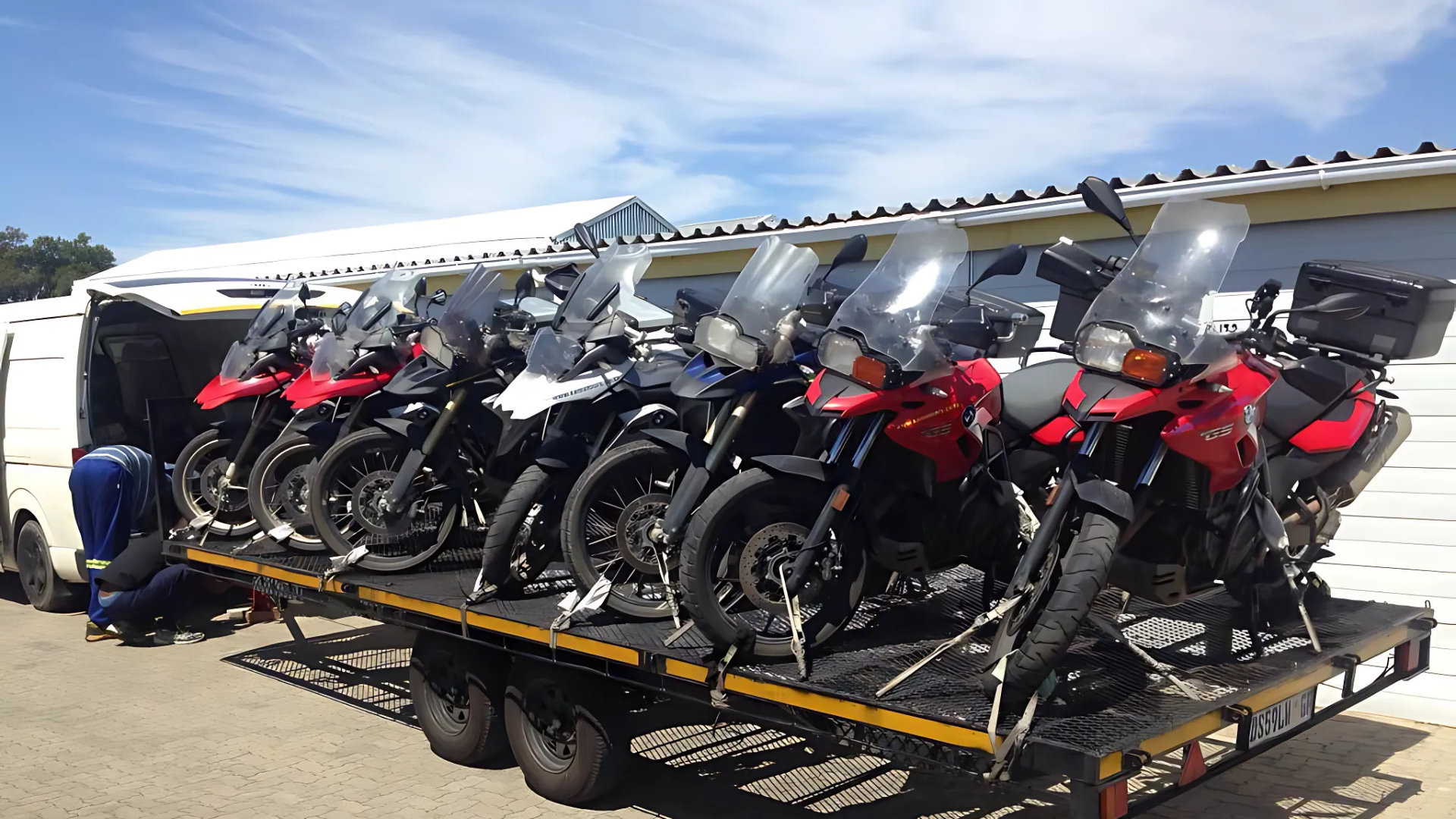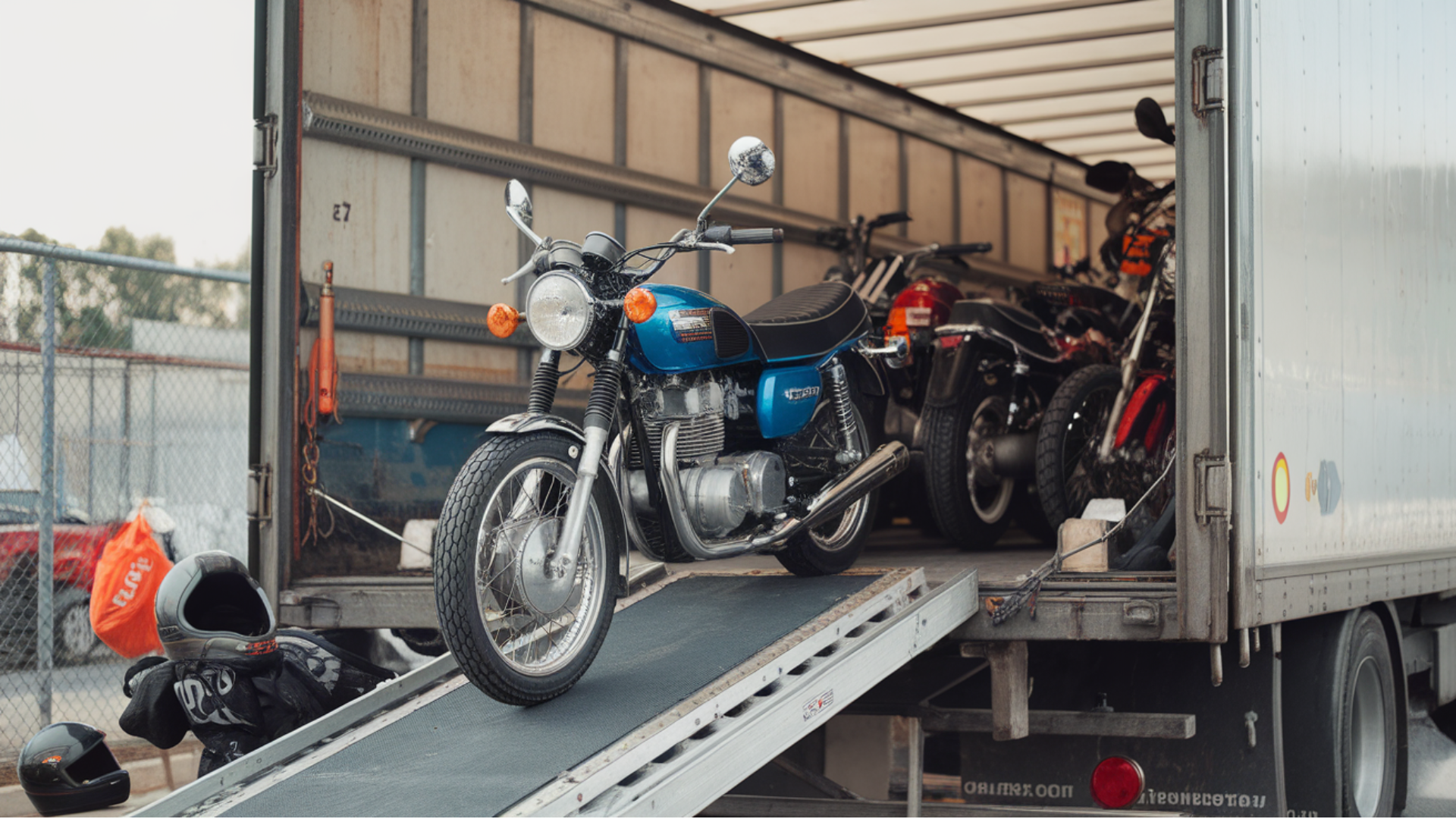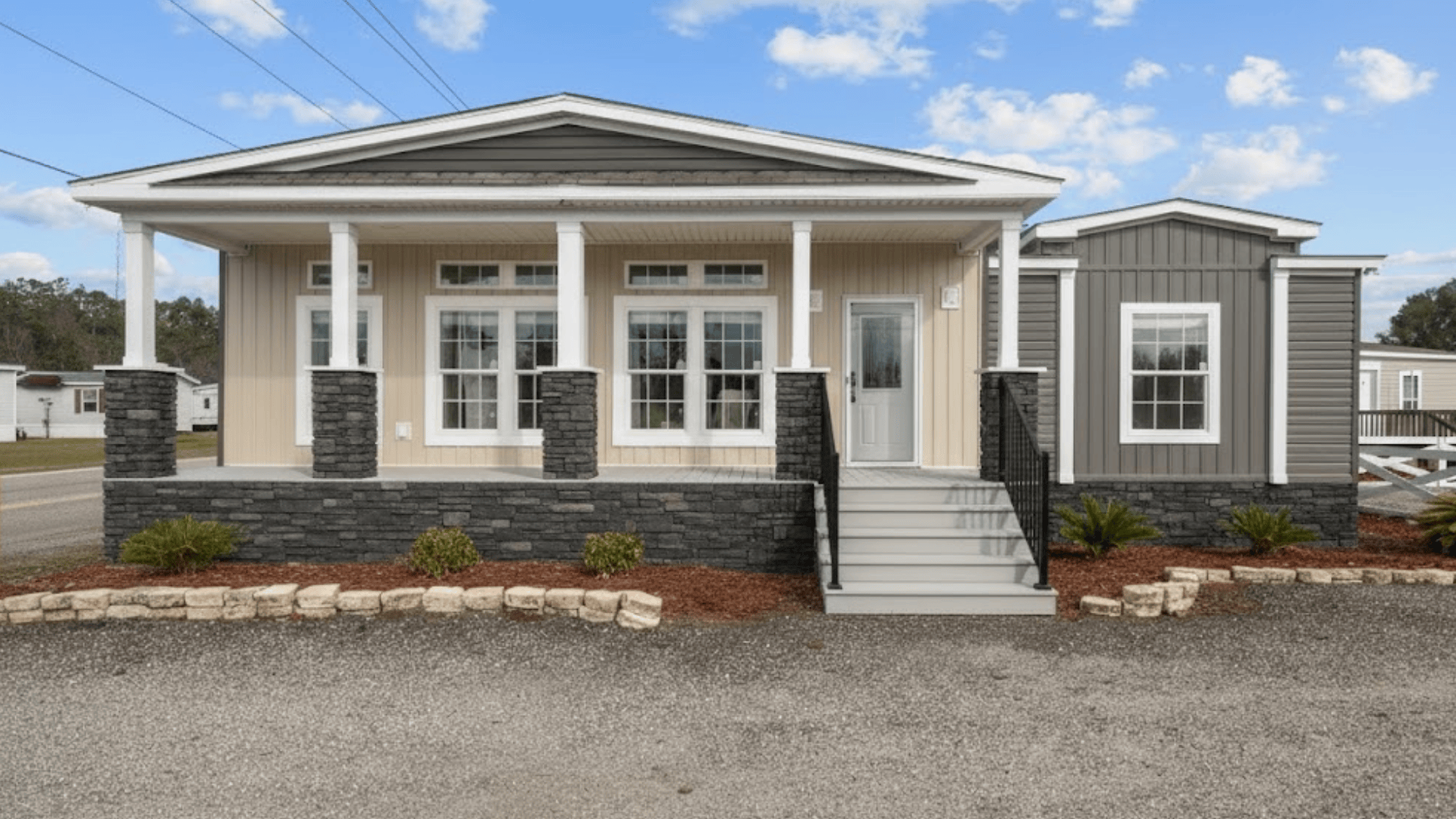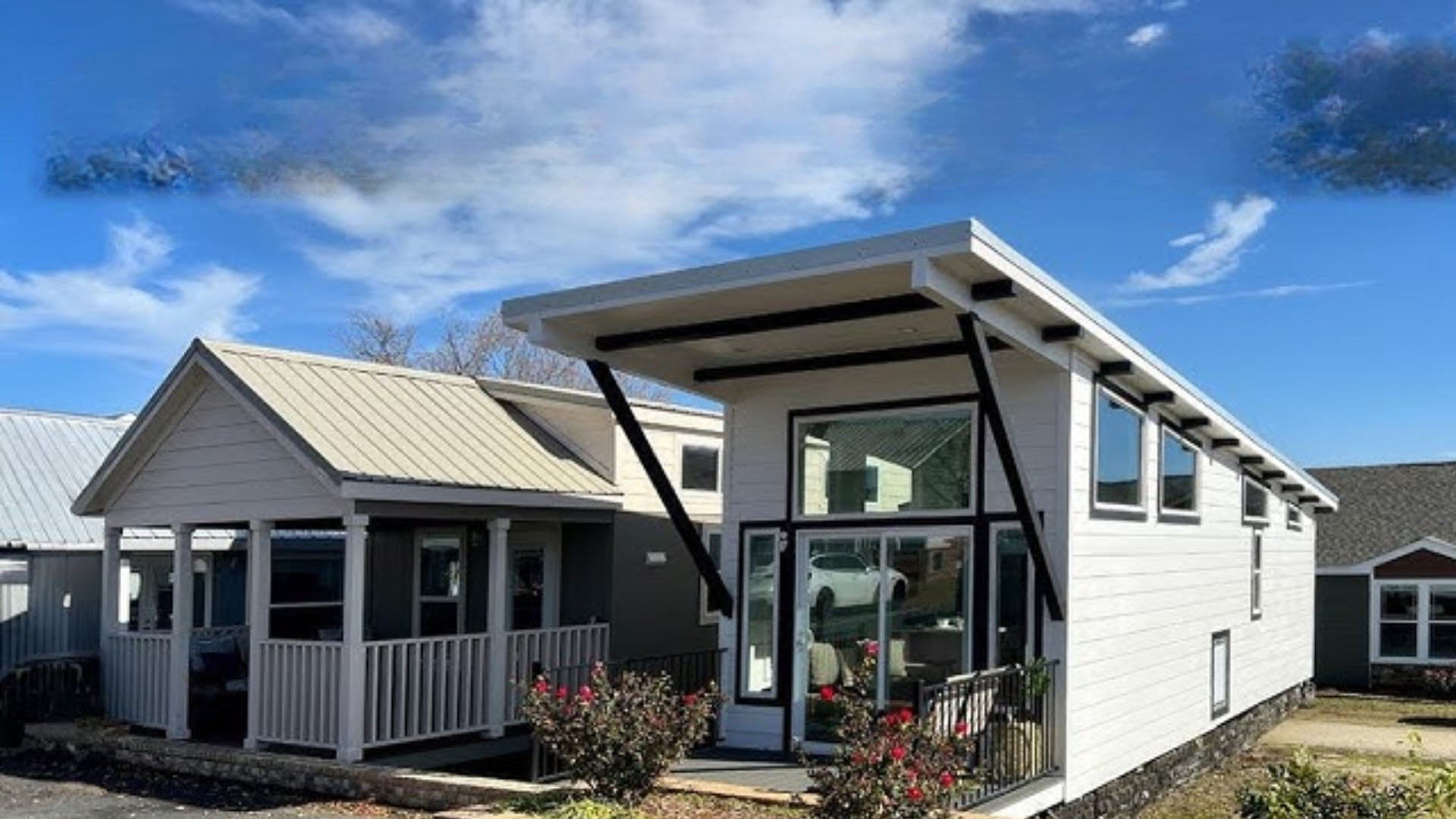When I started looking into moving a motorcycle, the first thing I wanted to know was the cost. Shipping a bike isn’t something most of us do every day, so it can feel a little confusing at first.
The truth is, motorcycle shipping cost depends on a few key things like distance, transport type, and timing.
Prices can range from a few hundred dollars for short trips to over a thousand for long distances or international moves.
In this post, I’ll break down what goes into motorcycle shipping costs, the difference between open and enclosed shipping, and how you can compare quotes to find the best deal. That way, you’ll know what to expect before booking transport.
Average Motorcycle Shipping Cost

The average motorcycle shipping cost in the U.S. usually falls between $350 and $700 for standard trips. Short distances often land on the lower end, while longer routes can push the price higher.
If you choose enclosed transport for extra protection, you may pay about 30–35% more than an open carrier.
International shipping, on the other hand, often starts at $1,000 and can go up depending on the method and destination fees.
These numbers give you a good baseline, but your exact cost will depend on distance, transport type, and the details of your shipment.
Motorcycle Transport Cost Factors You Should Know
When I first looked into moving a bike, I quickly realized there are many things that affect the final price.
- Distance and route: Longer trips usually cost more overall, while busy routes are cheaper per mile.
- Transport type: Open carriers are more affordable; enclosed carriers cost extra for protection.
- Bike size and condition: Larger or non-running motorcycles add to the cost.
- Timing: Peak seasons or last-minute bookings can raise prices.
- Pickup and delivery: Door-to-door service is more convenient but usually costs more.
By knowing these factors, you can plan ahead, compare quotes, and avoid paying more than necessary.
Shipping a Motorcycle Cost by Distance & Lane
The cost of shipping a motorcycle often depends on how far it needs to travel and the popularity of the route. Shorter trips usually cost less overall but more per mile, while longer trips cost more in total but less per mile.
| Distance & Lane | Average Cost Range | Cost Per Mile (Approx.) | Notes |
|---|---|---|---|
| Short haul | $200 – $500 | $0.60 – $1.00 | Higher per mile due to short distance |
| Mid haul (500–1,500 mi) | $400 – $800 | $0.40 – $0.70 | Common for cross-state transport |
| Long haul (1,500+ mi) | $700 – $1,200+ | $0.30 – $0.50 | Lower per mile but higher overall cost |
By comparing these ranges, it becomes easier to estimate costs and choose the best option for a specific shipping route.
Motorcycle Shipping Cost: Open vs. Enclosed Transport
Choosing between open and enclosed motorcycle shipping comes down to your bike’s value and how much protection you need.
Open Transport

This is the more budget-friendly way to ship your motorcycle.
On an open trailer, your bike is exposed to weather, dust, and road debris – but it’s often the best choice for standard bikes at a cost of around $300 to $600 for cross-country trips.
Open carriers are widely available, offer flexible scheduling, and can help keep your shipping costs low.
Enclosed Transport

For added protection, enclosed transport hides your bike inside a covered trailer.
This is ideal for high-value, vintage, or custom motorcycles. Expect to pay 30–60% more than open transport, usually around $500 to $1,000+ for the same distance.
The extra cost buys security from weather damage, debris, and better overall protection in transit.
International Motorcycle Shipping Cost
Shipping a motorcycle overseas usually costs between $1,000 and $2,000. If you choose ocean freight in a crate, it generally falls within that range.
Air freight is much faster but more costly, so expect prices starting between $2,000 and $3,000 or more. (Daguer Logistics)
There are many factors that influence the final cost:
- Mode of transport: Sea freight is slower but cheaper; air is faster but expensive.
- Destination & distance: Remote or long-distance routes usually add to the price.
- Size, weight, and crating: Larger or heavier bikes, and those needing custom crating, cost more.
- Customs, duties, and insurance: Import rules, taxes, and protection coverage add to the total.
Motorcycle Transport Cost Add-Ons & Hidden Fees
When I looked deeper into motorcycle shipping prices, I found that the base rate doesn’t always tell the full story. Many shippers add fees that can raise the final bill.
| Add-On / Fee | What It Means | Typical Extra Cost |
|---|---|---|
| Residential pickup/delivery | Added when the truck must access a home location | $50 – $150 |
| Terminal storage | Charged if your bike stays too long at a terminal | $25 – $75 per day |
| Crating or palletizing | Secures the bike for transport | $200 – $400 |
| Liftgate service | Needed if no loading dock is available | $50 – $100 |
| Re-delivery attempts | If you miss the first delivery window | $75 – $150 |
| Extra insurance coverage | To fully protect high-value bikes |
Varies by declared value |
How to Compare Motorcycle Shipping Rates
It’s not always easy to know which quote is the best deal, since each carrier may include different services.
- Match service levels: Make sure quotes include the same type of transport (open or enclosed) and delivery (door-to-door or terminal).
- Check insurance coverage: Some carriers include only basic liability, while others offer full protection for your bike.
- Look for hidden fees: Ask about crating, liftgate, or residential delivery costs that might not appear in the base rate.
- Review company reputation: Read reviews and check ratings for reliability and claims handling.
- Compare timelines: A lower cost might mean slower delivery, so balance speed with budget.
By lining up these details, you’ll be able to spot the best value – not just the lowest price.
Ways to Cut Your Motorcycle Transport Cost
Keeping motorcycle transport affordable often comes down to smart planning. Below are some practical ways to lower your cost:
- Be flexible with dates: Booking early or giving carriers a wider pickup window often gets you a better rate.
- Choose terminal-to-terminal service: Dropping off and picking up your bike at a terminal saves the carrier time and reduces cost.
- Opt for open transport when possible: If your bike doesn’t need extra protection, open carriers are cheaper than enclosed.
- Keep the bike operable: A running motorcycle is easier to load, so you avoid the surcharges applied to non-running bikes.
- Avoid peak seasons: Shipping outside of summer rally months or holidays can reduce demand-based price spikes.
Using these strategies helps you manage expenses without cutting corners on safety or reliability.
Conclusion
Now that you’ve seen what affects motorcycle shipping cost, it’s clear that the price depends on distance, transport type, and extra services.
Domestic shipping usually runs $350–$700, while enclosed or international moves can cost much more. The key is looking beyond the base rate, checking what’s included in each quote, from insurance to pickup and delivery timelines.
By comparing carefully, avoiding hidden fees, and choosing the right transport option for your bike, you’ll plan ahead with confidence. A little research up front not only saves money but also ensures your motorcycle arrives safely.
For clearer and practical transport advice, explore my other blogs to help you make smarter shipping decisions.















